Precautions against hand and arm vibrations syndrome (HAVS) for welders
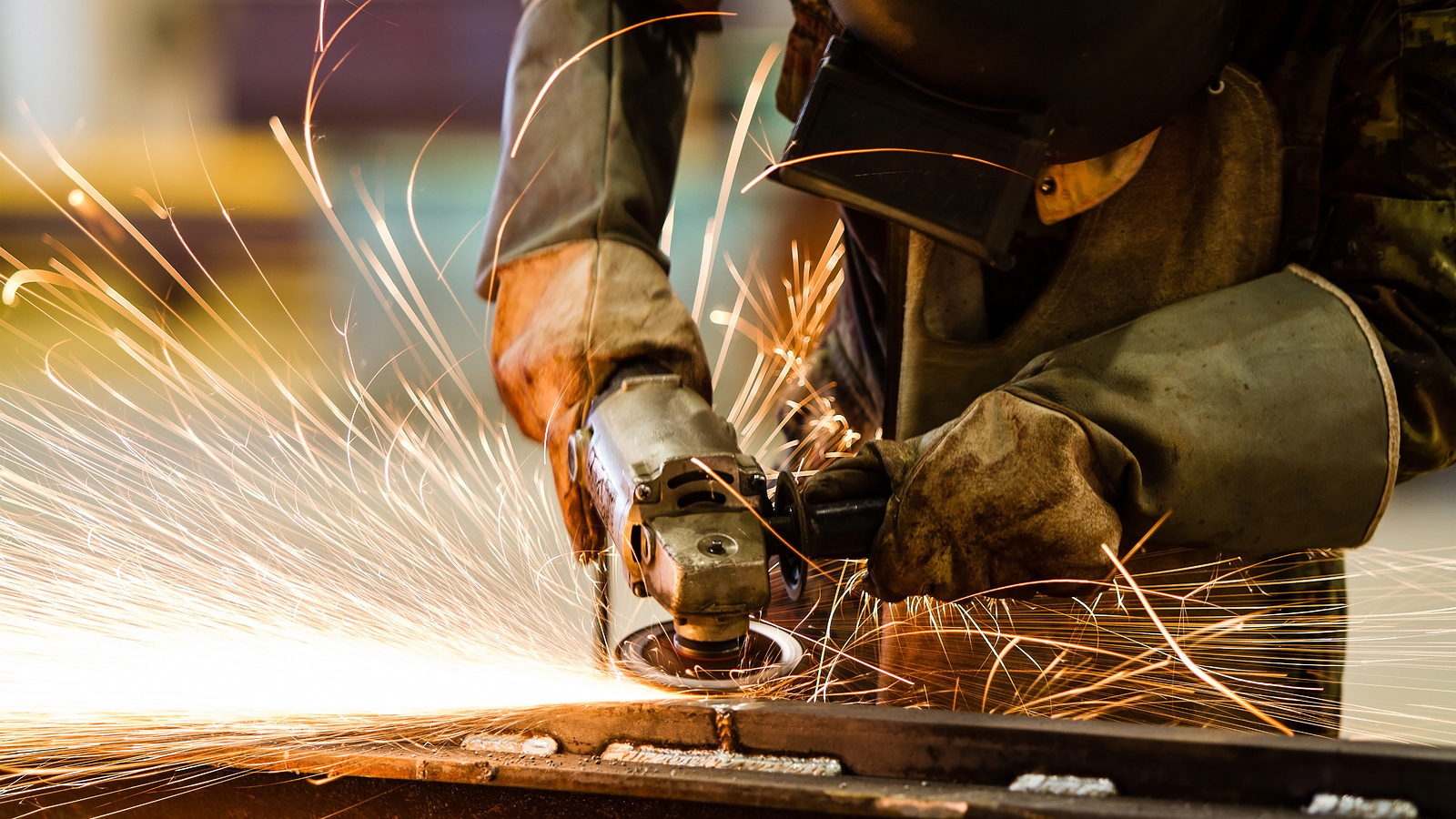
Wilhelmsen insights
|
Chris Teoh, Senior Product Manager – Welding & Repair

HAVS comes as a result of injury to blood vessels, nerves, muscles and joints caused by dangerous exposure to vibration from vibrating tools, such as drilling machines, angel grinders, needle and chisel scalers.
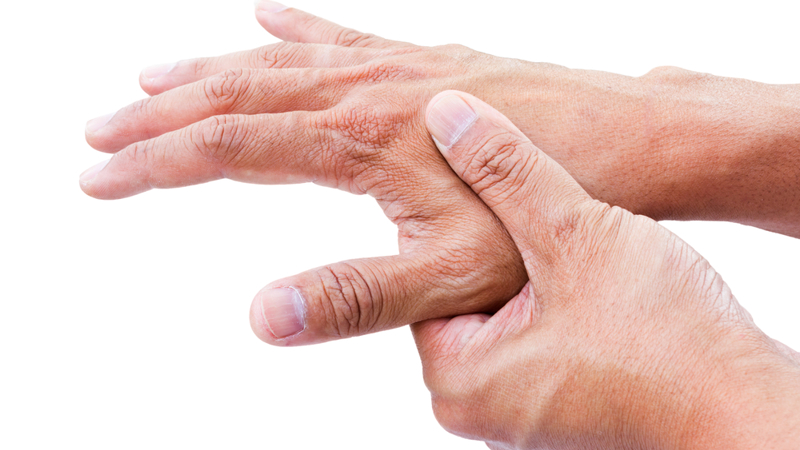
Acute health effects
Working with vibrating tools can cause reduced feeling and numbness in the fingers. This can make operators less capable of doing precision jobs and handling the tools. Normally, these symptoms disappear after 10 - 30 minutes, however if the tingling and numbness is felt the entire time whilst using the tool and for a long time after, it might be an indication of dangerous exposure to vibrations.
Chronic health effects
Extensive exposure to vibrations over time will cause great risk of developing bloodless and numb fingers, also referred to white fingers. This is where one or more fingers turn pale, and look different to your normal skin.
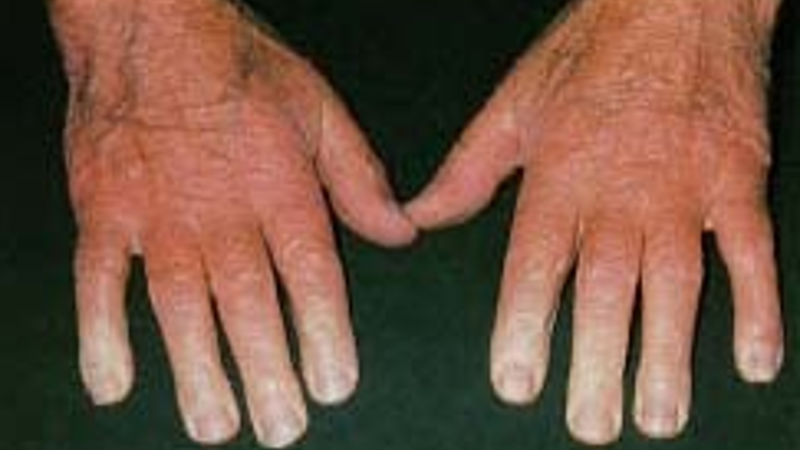
Other symptoms of HAVS can be numbness and lack of feeling in fingers, hands and underarms, and reduced sensitivity to temperature, touch and pain. These can result in clumsiness and difficulty performing day-to-day tasks such as opening lids, use of screwdrivers, buttoning buttons, handle small change etc.
Vibration value and time defines your exposure limits
The recommended level of exposure to vibrations during a work day depends of the vibration values of the tool, and for how long you use it. Vibration values are expressed as acceleration and are measured in m/s². When a machine passes vibration values of 2.5m/s² the supplier / producer must inform about this.
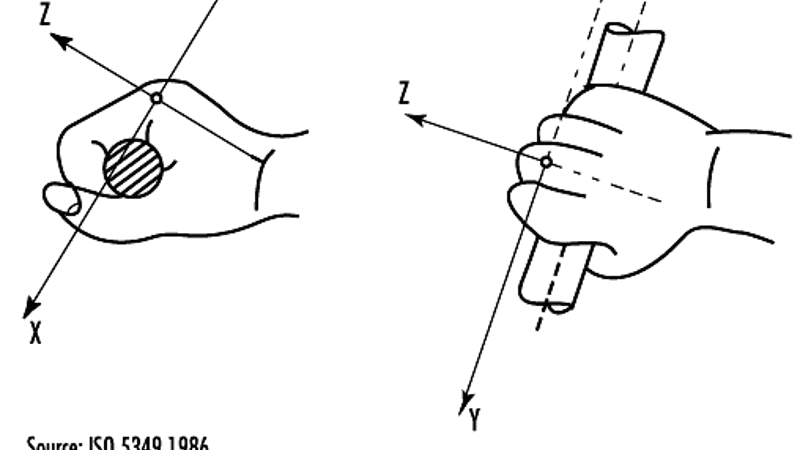
Exposure time is the time you actively hold the trigger in for the tool to operate, also referred to as “trigger time”. Here is an example overview of estimated exposure times according to a HAVS calculator which you can download here.
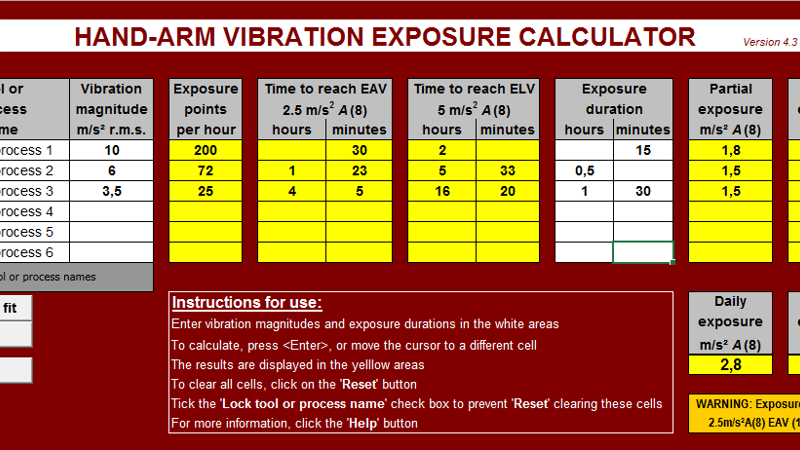
By entering vibration value of your tool, the HAVS calculator automatic estimates the maximum allowed working time.
• If you reach the Exposure Action Values (EAV), risk reducing measurements shall be considered
• If you reach the Exposure Limit Values (ELV) necessary measurements to reduce the risks must, according to rules and regulations, be taken
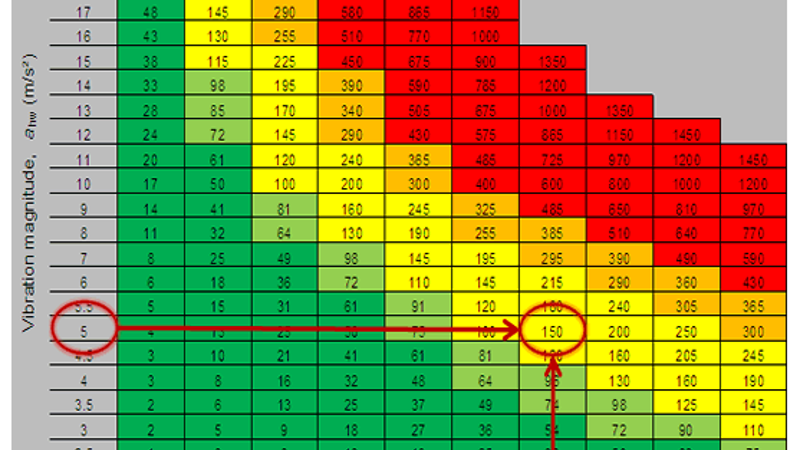
Source: Health & Safety Executive
Conditions influence the risk of developing HAVS
The quality of your equipment and the grade of tool maintenance are the two largest influencers of the vibration levels in your tools. A poorly maintained and low quality tool will vibrate more than a good quality and well-maintained tool.
Other factors:
• Your gripping power for holding the tool and the force you add on to perform the job influence the risk. A good rule of thumb is to allow the tool to perform the job for you, whilst you simply control it.
• The material being worked on has another great impact of the vibration values, which will increase in line with the hardness of the material being worked on.
• Low temperatures will increase the risk due to lower blood circulation
What can you do to prevent vibration injuries?
• Be aware of the limits that are set for operating the equipment so you can plan for breaks before your exposure limit is reached.
• Check the quality and maintenance of the equipment before you start the job. If the tool is poorly maintained, it will not function as designed and the vibration values can increase.
o Is the equipment maintained according to manufactures recommendations?
o Is a maintenance plan scheduled for the tool, have spares been changed according to instructions, or is there a plan to change the tool itself?
• Rotate the jobs to minimise the use of vibrating tools
• Let the tool do the job for you. Don’t grip it and push too hard. The tool is designed to perform the task you are using it for and normally it works faster if you don’t push it hard down on the surface
• Ensure you have the necessary training, procedures and information to operating the tool
• Consider use of vibration-reducing gloves. Note that they have limited effect to the developing of HAVS, so you must not rely on this as a preventive measure for reducing vibrations, unless the supplier can document that it reduces the same vibration frequency as the tool you are operating.
• Use warm clothing and gloves when operating the handheld vibrating tool in colder climate to maintain good blood circulation
• Use a tool with low vibration measure and as close to 2.5 m/s² as possible
Sources: Norsk olje og gass, Health & Safety Executive